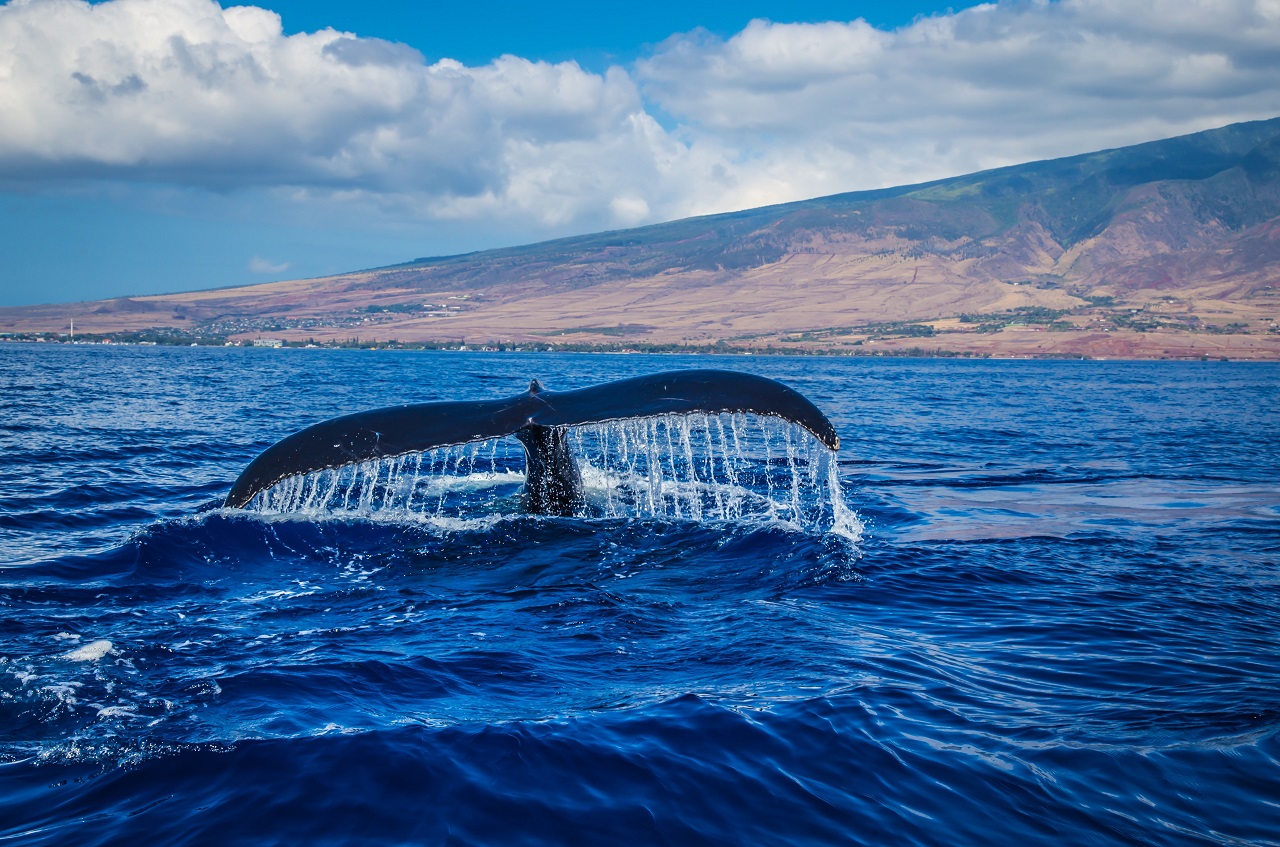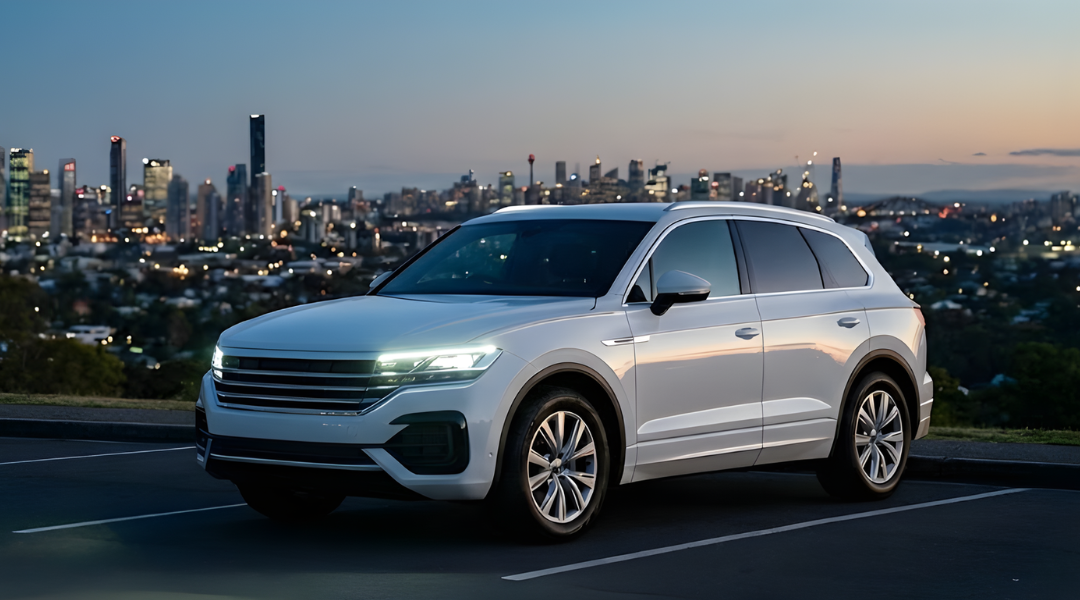The whale-watching season is here! If you’re looking to interact with South Australia’s famous gentle giants, now’s a perfect time. Sightings start mid-May until September, and there’s a lot of places you can choose from to make the most out of your seashore holiday. One of these spots is Victor Harbor, home to South Australian Whale Centre and just an hour south of Adelaide. In Victor Harbor, you can get up close to whales and the famed little penguins. However, to really enjoy the whale watching season, you need to be prepared.
Things to keep in mind when whale watching
Every year, more than 400,000 tourists come to witness the migration of Southern Right Whales. This natural phenomenon never fails to leave a lasting impression to each spectator.
It’s during this season where whales in this part of the world mate, give birth and nurse their calves. If this is your first time seeing the whales in action and are looking for tips on how to make the most out of the experience, then you’ve come to the right place.
Whale watching is very different from seeing animals at the zoo or school of fishes at the local aquarium. Although whales are enormous, they can be challenging to spot, and even harder to photograph. Regardless, planning around how you can get the best out of this experience is recommended.
Today, we let you in on the secrets to the best whale watching experience in South Australia. From getting the perfect car hire service in Adelaide to having the right type of tools for the job, coming prepared for this breathtaking experience distinct an unforgettable holiday to a mediocre one.
1. Learn what kind of whale is native to the area.
One thing you should know is that there are different types of whales and that not all of them go to the same area. Southern Right Whales are more massive whales that usually swims around South Australian waters, and you’ll recognise them with white patches known as blazes on their belly.
Other visitors, albeit occasional, include the Humpback Whales while other toothed whales like the Sperm Whale, Orca, and the Blue Whale are usually sighted offshore.
2. Bring the right equipment.
Unless you have built-in zoom vision, remember to bring good quality binoculars for the trip. If you’re viewing whales from the shore, it pays to have some high-powered binoculars handy, so you wouldn’t miss any detail once these marvellous creatures start amazing you with their body rolling, v-shape blowing and other breathtaking moves. Remember to bring a tripod or a stand for your binoculars if you’re planning an extended whale watching experience.
Now, if you’re looking to photograph these creatures, use a DSLR rather than your phone. You’d want crisp photos to show your friends back home. As for the lenses, choose a 100-400mm lens combined with a 1.4x or 2x teleconverter to extend the focal length and an ISO of up to 400-1000 for sharper images.
3. Learn to read a compass
The South Australia Whale Centre has a log of live sightings of all whales within the state. Their guide is helpful because it gives whale watchers an idea where exactly they can have a better chance of spotting a whale.
However, their logs include coordinates and network connectivity can be limited in remote areas; that’s why it’s a good idea to learn how to use a compass.
4. Learn more about whale behaviours
Veteran whale watchers know what whales are doing. But for total newbies, it can be intimidating to hear excited whale watchers go: “look, it’s spy hopping!” Keep up with their lingo and learn it for yourself.
Before you set off on your trip, learn some of the common whale behaviours, so you can keep up with the conversations around you. Some common whale behaviours are:
- Breaching. This is when a whale launches its body out of the water, roll and fall back down. Most species do this, but the humpback whales do it the most often.
- Body rolling. This is seen when a whale rolls upside down with their pectoral fins stuck out for balance. Females often do this to avoid feeding their calves and to resist males during courtships.
- Blowing is when a whale “exhales” through the top of their heads. The Southern Right Whales have a distinctive V-shaped blow, making them easily recognisable.
- Spyhopping – Another trait common in the Southern Right Whales, spy hopping is done when the creature hops up to lift their heads above the water to “spy” what’s above the surface.
5. Look for higher ground for a better vantage point.
A rookie mistake when whale watching is doing so from the beach or shore. However, going up top is the best way to go.
The SA Whale Centre provided a map where the best whale watching spots are plotted. Get a better chance of spotting the whales when they finally decide to break the surface of the water by being on the right location, at the right time.
Find the best places to see the whales around Australia
Enjoy the best out of what whale watching can offer by being in the perfect location, at the ideal time. There are a lot of vantage points to choose from, but you would want to be in an accessible one. Here’s a list you can check and make sure to get there on time with a reliable car hire Sydney.
- Circular Quay (1.3km from Sydney). Drive to Circular Quay and hop aboard a three-hour Discovery Cruise with Whale Watching Sydney. The cruise goes into Sydney Harbour where you can see humpback whales making their appearance.
- The Gap, Watsons Bay (11km from Sydney). A cruise isn’t the only way to see the whales. Drive up to The Gap in Watsons Bay for the best vantage point for whale watching.
- Granite Island Causeway, Granite Island (83.5km from Adelaide). Did you know that whales like to play with their calves? Take the Big Duck Boat Tour from Granite Island to see it for yourself.
- Gold Coast. The Gold Coast is smack in the middle of humpback highway. You can find plenty of tours to choose from to see the whales for yourself.
6. Have patience.
Whale watching is a lot like fishing; you need to be patient and wait for the opportunity to present itself. This means that there will be a lot of waiting involved. So, make sure you find a comfortable spot and have enough provisions for the trip. No worries, thousands swear to this natural extravaganza, so it’s definitely worth the wait!
7. Dress for the occasion.
Another note to keep in mind when going whale watching is the weather. Because whale watching season falls in the winter months, remember to keep yourself bundled up especially if you are looking to wait it out for your favourite whales. Also, remember to bring along a warm beverage to keep your insides toasty while you wait.
Now that you have a better idea about whales and the idea of whale watching, are you ready to take it on yourself? Then make your plans, book your lodgings, and haul your equipment to the nearest whale watching spot in your rental car today.





